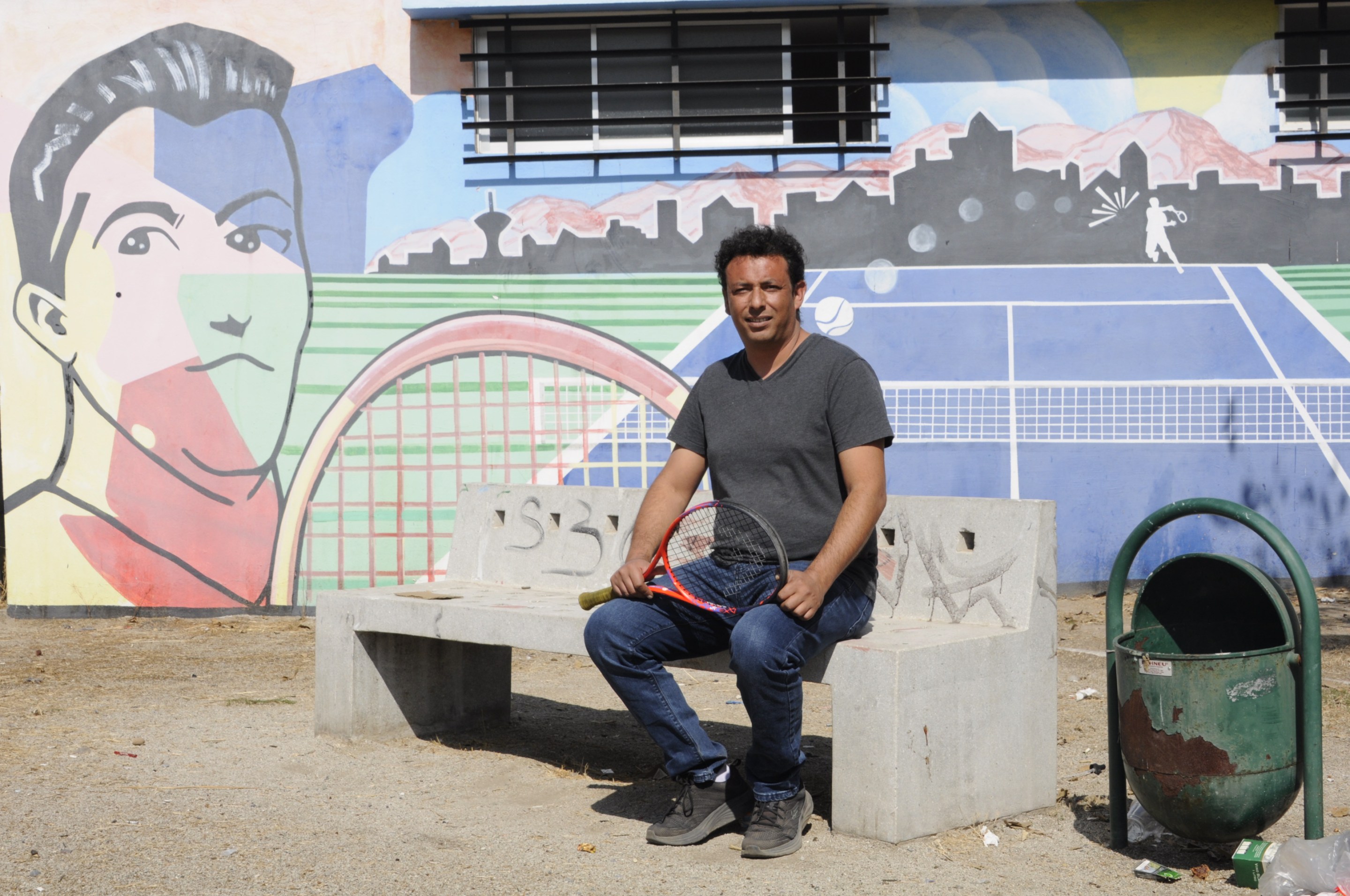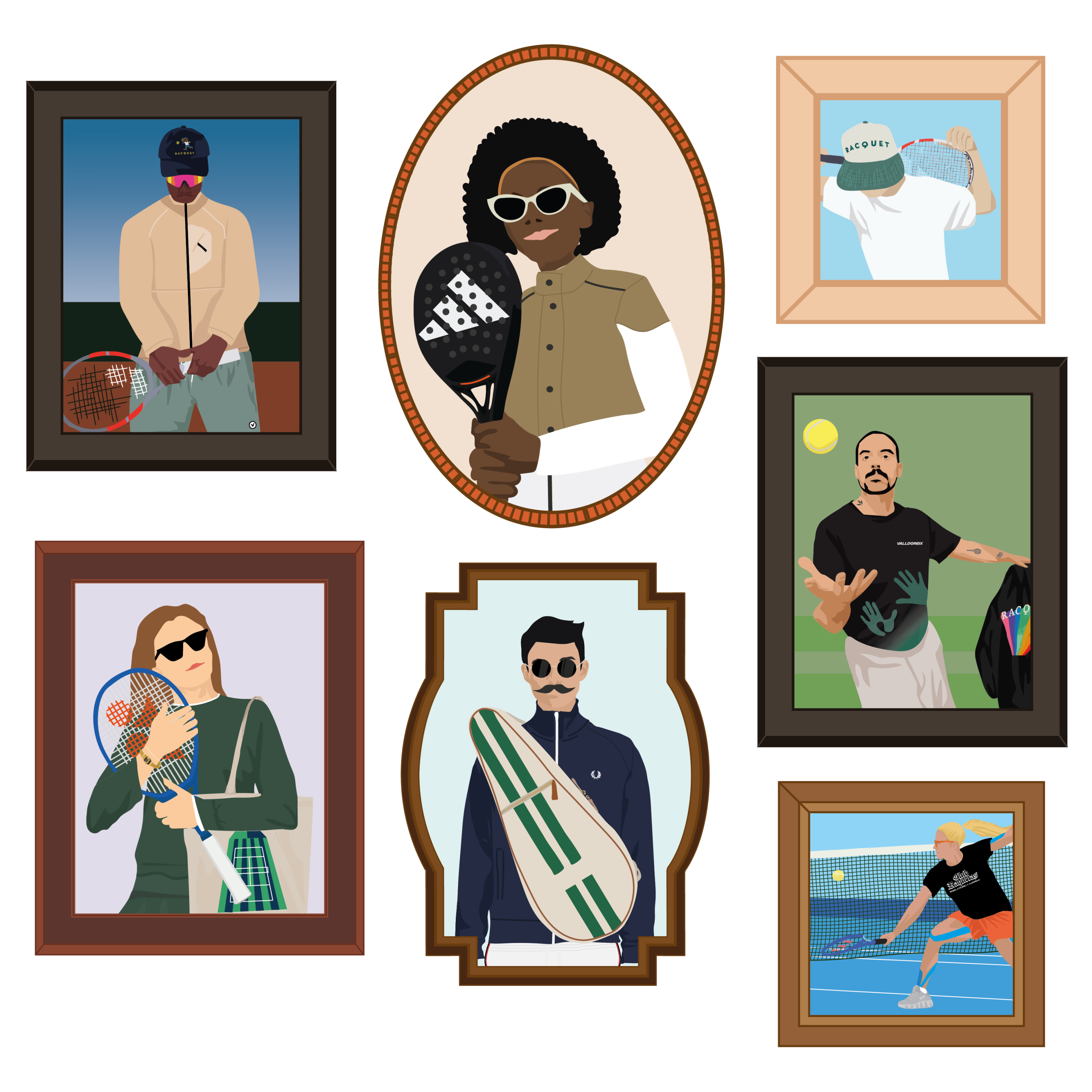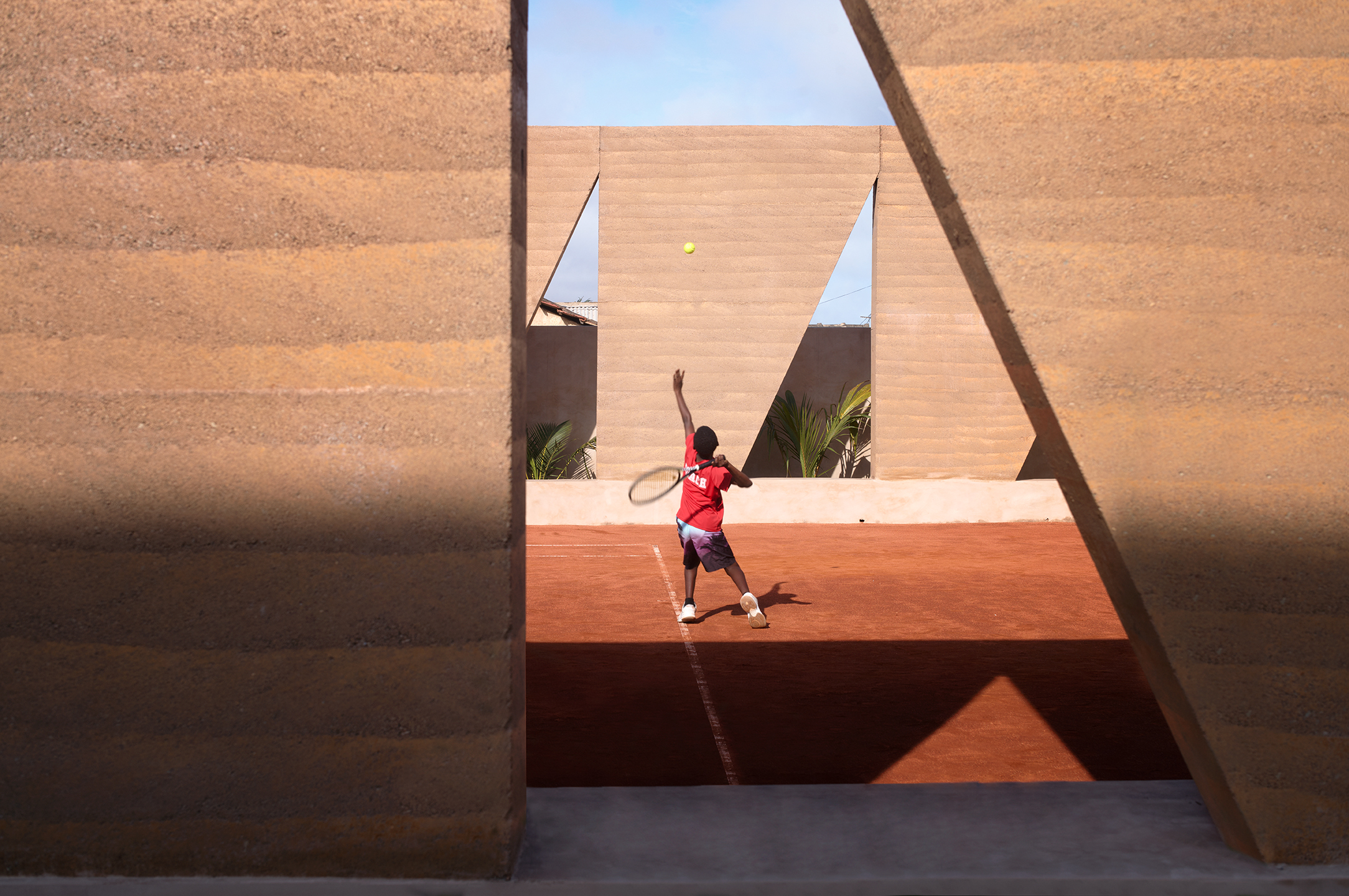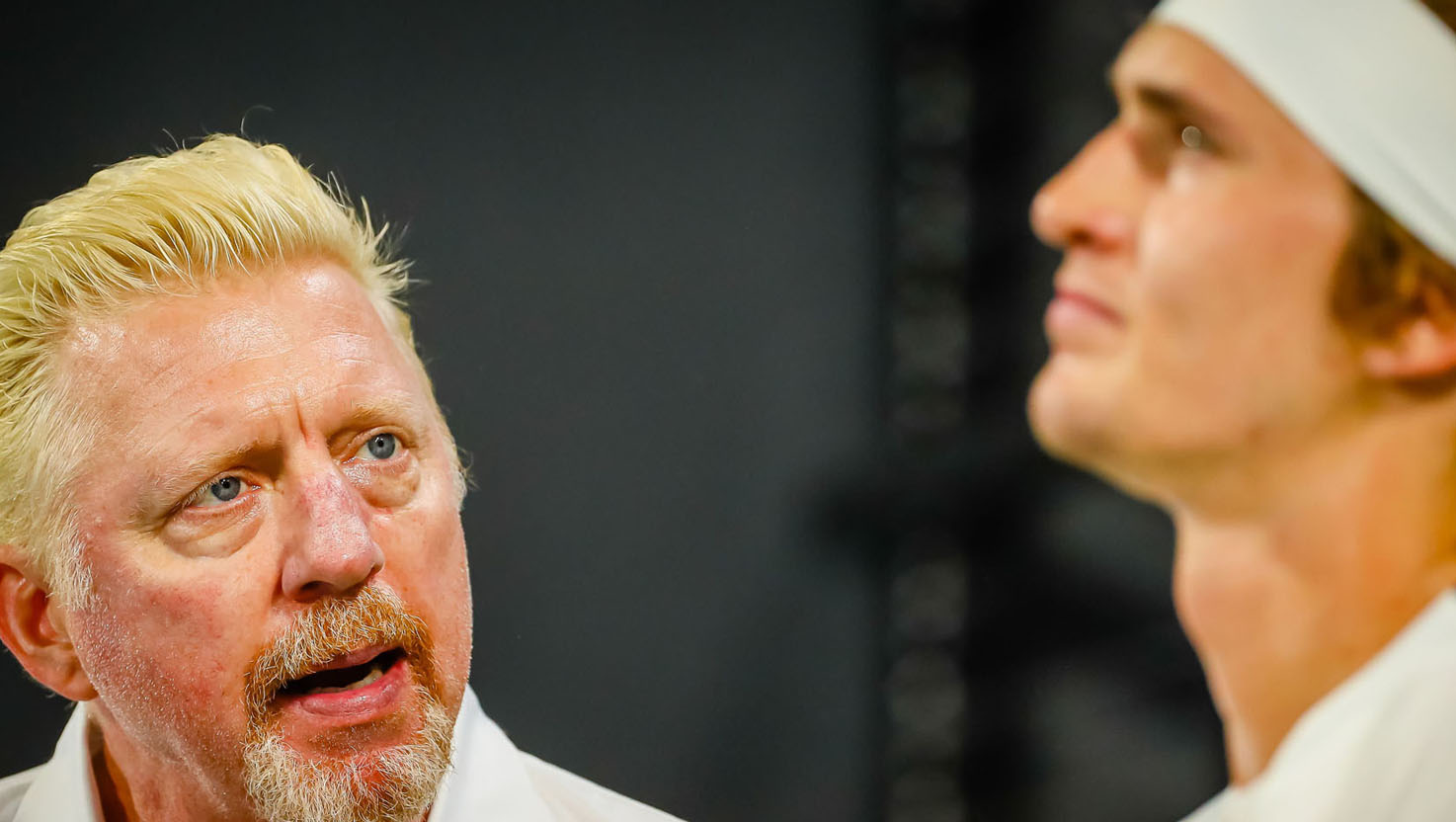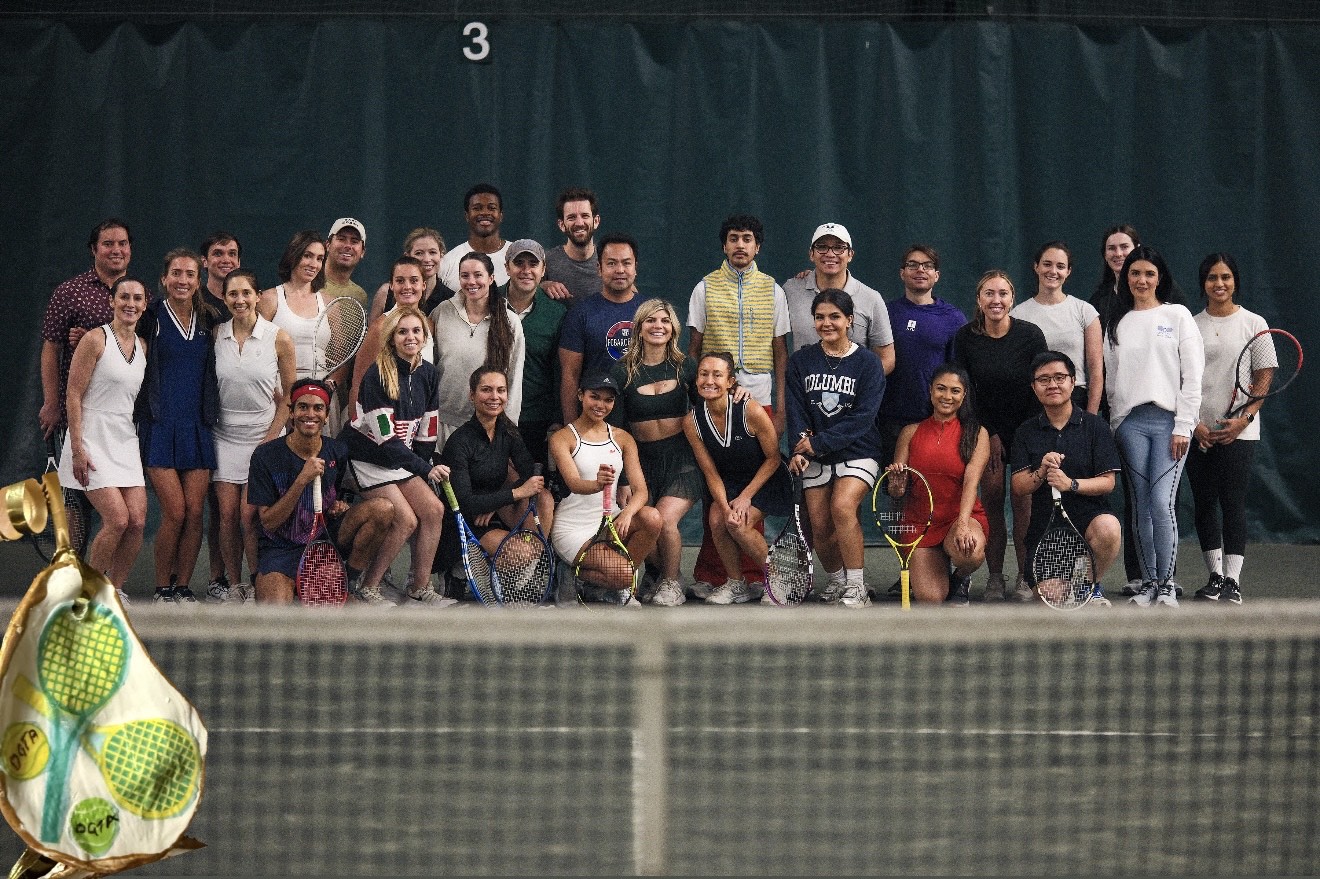In the dusty streets of Lo Espejo, on the outskirts of Santiago, Chile, where services are lacking and vegetation is scarce, two concrete courts stand as an improbable tennis oasis.
What used to be a small garbage dump where gangs sold drugs has become the unlikely home of the Fundación Futuros Para el Tenis. Born of one man’s deep desire to escape drug trafficking, police raids, and the normalization of homicides, the tennis academy took root in the district ranked third-worst in Chile for urban quality of life.
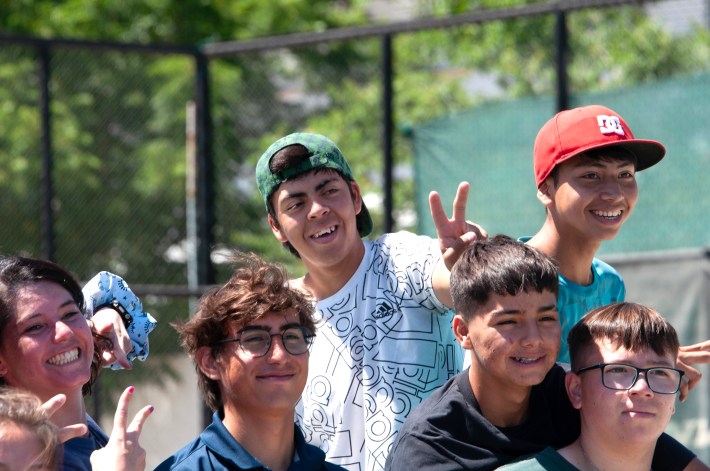
It’s a dream that transformed a neighborhood—and with it, the lives of hundreds of vulnerable children. But first, it changed its founder.
At 43, Richard Quintana has spent nearly his entire life building a way out of life on the streets. He grew up at the center of the drug-trafficking trade in the neighborhood of Santa Adriana, a working-class suburb of Chile’s largest city. The area’s main location for buying and selling pasta base—a cheap and highly addictive cocaine derivative—was his own home.
“The police were always coming to my house, raiding it,” he recalls. “Sometimes they’d come at four in the morning and search me. You couldn’t sleep peacefully.”
Quintana’s uncle was the most powerful drug dealer in the neighborhood. A man known for his fighting skills, he spent years trying to convince his nephew that the drug trade was the only viable path.
It wasn’t the life he wanted, but there were moments of doubt: “If I get into the drug trade, I know who sells it, how to package it, who the buyers are. My life was meant to be part of that world.”
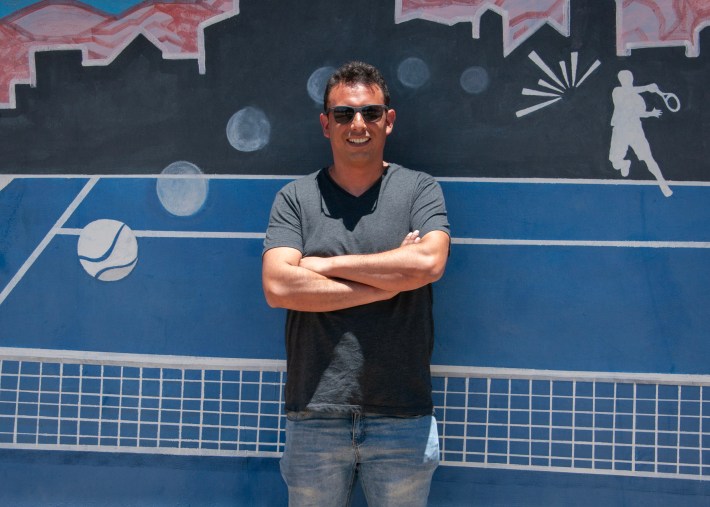
But in his free time, Richard would hit against a wall, using a wooden paddle and balls he found at the weekend street market. One day, a man saw him playing and gave him an old racquet.
“There was this neighbour, Mr. Willy, who I loved very much,” Quintana recalled. “Even though he was part of that criminal world, every time he saw me he gave me good life advice: ‘A notebook is lighter than a shovel, and a pencil is much more powerful than a pocketknife.’ I’d think, ‘this old fucker is right.’”
During the time Quintana lived there, he counted eleven murders—by gun or knife. Two of his uncles were shot and killed in a drug-related revenge killing in the very spot where he hit against the wall. But what impacted him the most, he says, was the blood.
“One morning I got up early to go to school, and I found a woman in my kitchen—a family friend, a local criminal—covered in blood. Her face and body were drenched in red. I had to help her wash up in my bathroom. I was 14. The blood left a deep mark on me. But luckily, in a good way—because that was the moment I knew I wanted to get out.”
“In the end, I realized I wasn’t cut out for that life—I was scared of blood, I didn’t like guns, and I was shaken by how wrecked drug addicts ended up. I started building a mindset that told me I had to be different.”
“[Mr. Willy] used to say words have more power than anything else. So I started making an effort to speak properly, to avoid using coa (Chilean prison slang), to pronounce words fully and improve my vocabulary.”
Quintana began working, buying socks and reselling them for a profit. Earning his own money lifted a burden off his shoulders: “[If] the bread I ate came from drug money, it weighed on my conscience. If I ate that bread, I felt like I was part of the system.”
At 21, having successfully escaped the drug culture, and with an engineering degree and a good job, he laid the groundwork for the project that today uses tennis as a tool for education. He managed to find a net, some balls, and a few racquets, and introduced the sport to a group of kids at a local community center.
“I remember the date clearly—August 28th, 2003. We haven’t stopped since,” he said.
“We were all amateur players. We had no methodology or system. We just fed balls to the kids. Then the grandfather of one of the kids gave us some tennis teaching books from the late ’80s. I devoured them. We trained ourselves, self-taught.”
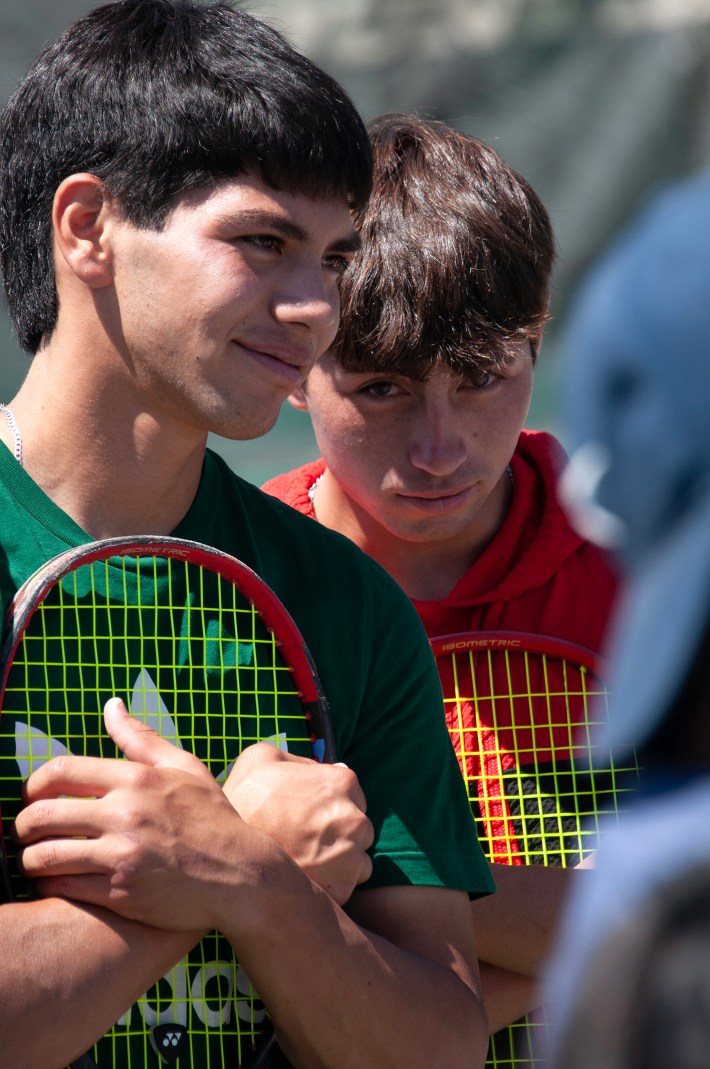
Then in 2014, Chile’s then-top player joined the foundation: Hans Podlipnik, who reached World No. 157 in singles and won an ATP title and 20 Challenger events in doubles, was looking to get involved long-term in a social project. The former Wimbledon doubles quarter-finalist has been the president of Futuros Para el Tenis ever since.
“Help really has to be consistent to create a real impact,” said Podlipnik, who believes that occasional clinics or visits just to say “hello” don’t make a difference.
Dozens of children who have passed through the institution have graduated from high school and gone on to university. Several of them have earned a university degree. That’s the ultimate goal of the organization led by Quintana and Podlipnik.
“We focus on education. In these areas, when kids come home from school, they have no green spaces or clubs to spend the afternoon. In marginalized areas, there aren’t enough spaces where kids can just be kids. What happens is that they end up playing in the streets, constantly at risk of being recruited by drug dealers or criminal gangs,” Podlipnik said.
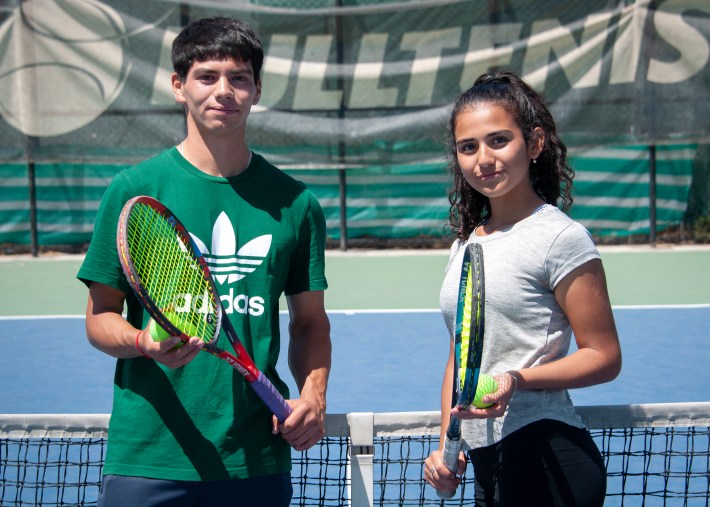
Now, Fundación Futuros Para el Tenis provides a safe space for 350 children at no cost, on the tennis court but also in classrooms, with psychologists and educators. Around 2,000 children have passed through its program so far. Several have changed the course of their lives, thanks to the tools tennis gave them. Many found the skills to decide that studying and working were the right way to move forward in life. They’ve avoided childhood obesity and gained the confidence to break away from the stigmas they would face in the job market simply for coming from Santa Adriana.
Diego Contreras arrived on the first day of the project, April 28, 2003, at the age of 11. Nowadays he is the foundation’s coach. Dylan Farías, a 17-year-old with a paralysis that affects half his body, came to the group at the age of seven to try tennis, and is now one of the best adaptive tennis players in Chile. Emilia Tello, who discovered her talent here, dreams of earning a scholarship to study and compete in tennis.
And the young grandson of Mr. Willy—the ‘wise old criminal’ who decades ago gave Richard advice when he saw him hitting a dirty, fuzzy old ball—can be found on the courts of Lo Espejo, getting the taste of a different life.
Sebastián Varela, a journalist from Chile, is the co-founder of CLAY, a digital publication in English and Spanish, founded in 2022.
